My Gochujang Mushroom Rice is the ultimate versatile dish that adapts to your preferences and whatever you have on hand. Made in the rice cooker, it’s a one-pot wonder that combines the earthy flavors of mushrooms with the bold kick of gochujang, soy sauce, garlic, and ginger. The simplicity of the recipe makes it perfect for weeknight dinners.
For a heartier version, toss in some chicken thighs for added protein. They cook beautifully in the rice cooker, absorbing the spicy, savory flavors while remaining tender and juicy. Just know that if you use chicken breasts, they can be more temperamental in cooking, and may not come out as tender as chicken thighs.
If you prefer a plant-based option, tofu or tempeh could easily take the place of chicken. And when it comes to spice, the level of gochujang is entirely up to you. Add more if you love heat, or keep it subtle for a milder dish that lets the other flavors shine.

Substitutes for Shimeji Mushrooms
Shimeji mushrooms are a favorite in many Asian cuisines, known for their delicate texture and subtly nutty flavor. These small, clustered mushrooms come in two main varieties: brown and white.
When cooked, shimeji mushrooms develop a tender, slightly chewy texture and a rich umami flavor that enhances any dish. Their mild taste makes them a versatile ingredient, perfect for absorbing the seasonings they’re paired with, whether it’s soy sauce, garlic, or spicy gochujang.
If you’re looking to add (or substitute) more vegetables, the options are endless:
- Broccoli florets
- Corn
- Edamame
- Peas
- Diced carrots

What is Gochujang?
Gochujang adds an incredible depth of flavor to any dish, elevating it with its signature blend of heat, sweetness, and umami. Made from red chili peppers, fermented soybeans, glutinous rice, and salt, gochujang brings a spicy kick that’s balanced by its mild sweetness and a subtle smoky note. Its complex flavor profile makes it a standout ingredient, transforming dishes by providing not only heat but also a rich, savory foundation that can deepen the taste of any marinade or sauce.
This thick, vibrant red paste has a unique fermentation process that lasts anywhere from several weeks to months, allowing its flavors to fully develop. The fermentation gives gochujang a slight tang and an earthy quality, similar to that of miso or soy sauce but with a touch of sweetness from the glutinous rice. When used in a marinade, as with bulgogi, it tenderizes the meat slightly while infusing it with intense, balanced flavors that cling to each slice, especially when cooked to a light caramelization.
In Korean cooking, gochujang is a beloved staple, used in everything from stews and marinades to dipping sauces. Its versatility has made it popular in fusion dishes, adding a unique Korean twist and depth to many cuisines.
What Type of Rice to Use
Choosing the right type of rice can be confusing, especially with so many varieties available. From long-grain basmati to aromatic jasmine rice, each type has its own texture and flavor. In Japanese cooking, however, Japanese short-grain or medium-grain rice is almost always the go-to choice.
Short-grain rice, often labeled as sushi rice, is particularly prized for its soft and chewy texture, which pairs beautifully with traditional Japanese dishes. Medium-grain rice is a great alternative if short-grain isn’t available (I actually almost always use medium-grain myself because it’s generally cheaper where I live!). Both are ideal for recipes like this one, where the rice’s stickiness helps meld the flavors into every bite.

Recommended Rice Cookers
Do I need to have a fancy rice cooker to make this meal? NO! Just like anything, generally, the higher the quality, the better. But you can make my rice cooker meals in a cheap rice cooker, too!
Click the rice cooker photos to see my favorite rice cookers. I included a budget-friendly rice cooker I love! I use the Tiger 5.5-cup model shown. About 1/2 cup of Japanese short- or medium-grain rice makes 1 serving.
Key Features to Look For in a Rice Cooker:
- Steaming Basket or Tray: Allows you to steam vegetables or cook other ingredients while the rice cooks.
- Multiple Cooking Functions: Ensure it has settings for steaming, slow cooking, and possibly even baking.
- Non-Stick Inner Pot: Makes cleaning easier and prevents sticking.
- Timer and Keep Warm Function: Useful for planning meals ahead of time and keeping them warm until you’re ready to eat.
Gochujang Mushroom Rice
- Total Time: 25 minutes
Description
Spicy, savory, and umami-packed, this gochujang mushroom rice combines tender shimeji mushrooms, garlic, ginger, and a kick of gochujang (Korean chili paste) for an effortless, flavorful one-pot dish.
Ingredients
- 1 cup rice (I recommend Japanese short-grain or medium grain rice for the most authentic Japanese experience!)
- Water
- 1 tablespoon soy sauce
- 1 teaspoon roasted sesame seeds (optional; for additional nuttiness – you can also drizzle with 1 teaspoon sesame oil at the end, as well)
- 2 cloves garlic, minced
- 1/2 tablespoon ginger, grated
- 1 1/2 tablespoons gochujang (adjust to spice preference)
- 1 large handful shimeji mushrooms, trimmed and separated
- 1/2 teaspoon black pepper
- Optional garnish: thinly sliced green onions
Instructions
- Begin by giving your rice a good rinse to clean it. Then pour it into the rice cooker, along with the appropriate amount of water. Be sure to follow the instructions on your rice’s packaging for the correct water amount depending on the type of rice you are using. I used medium-grain rice, which requires 2 cups of water for every 1.5 cups of rice.
- Layer the soy sauce, sesame seeds (if using), garlic, ginger, and gochujang directly on top of the rice. Gently mix these into the water.
- Place the shimeji mushrooms on top of the rice mixture and sprinkle with black pepper. Close the rice cooker and cook on the standard white rice setting.
- Once finished, fluff the rice to mix the mushrooms and seasonings evenly. Serve hot, garnished with additional sesame seeds or green onions if desired.
- Prep Time: 5 minutes
- Cook Time: 20 minutes
Nutrition
- Serving Size: 2


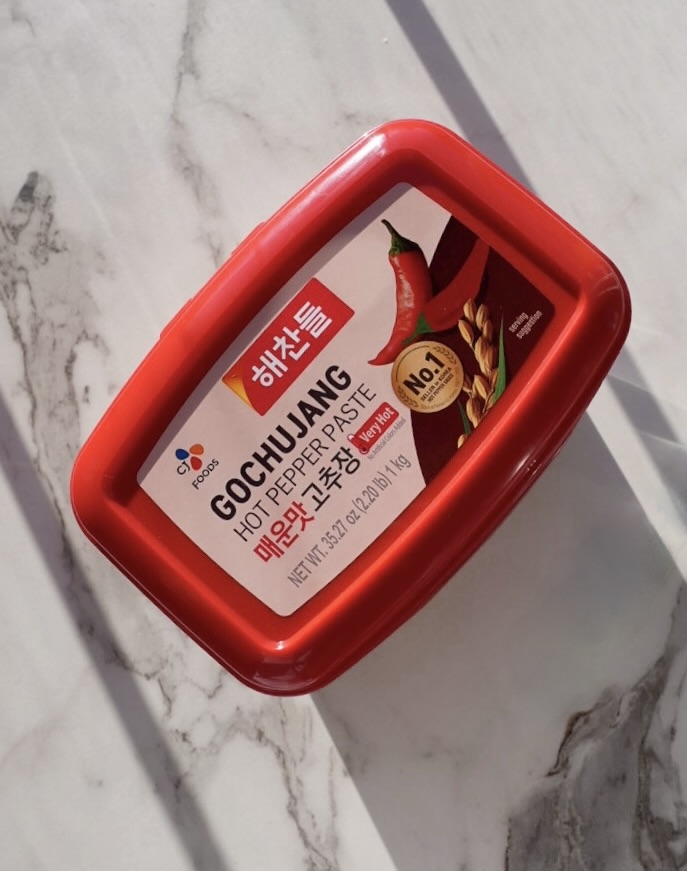
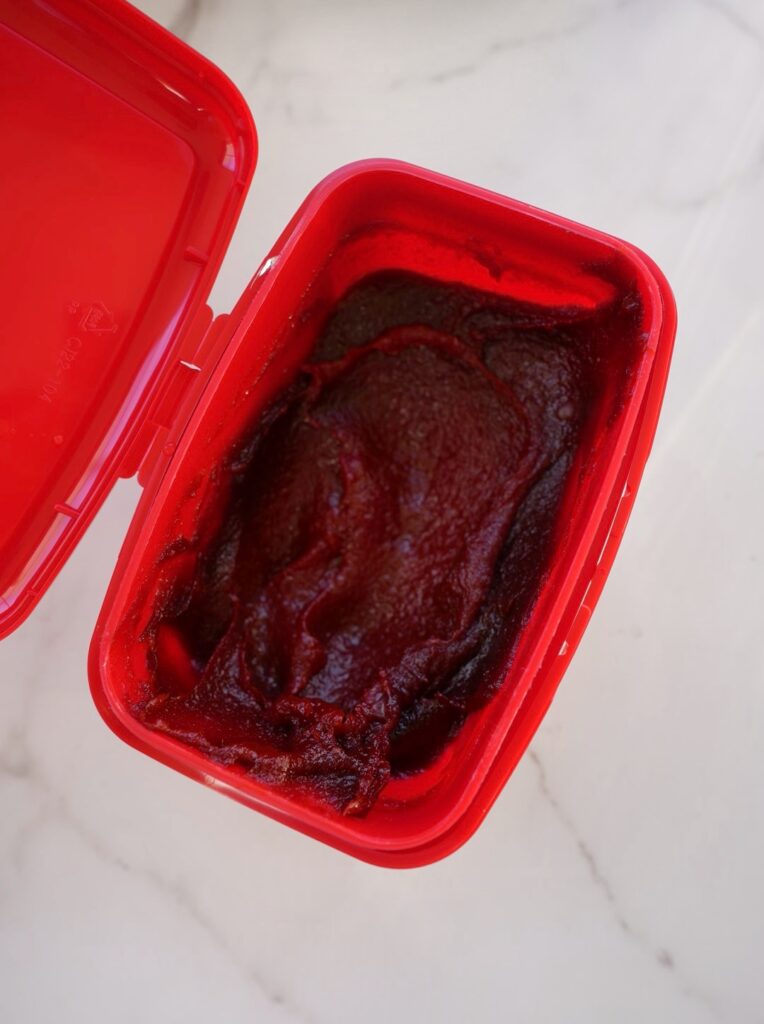
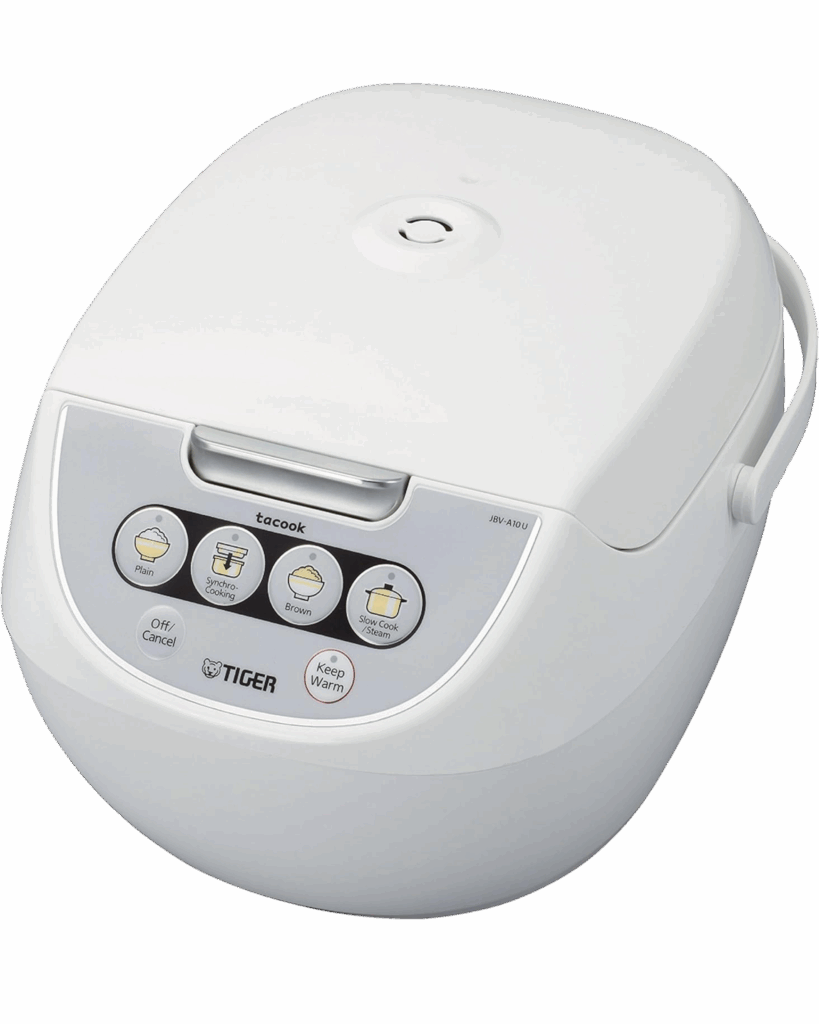




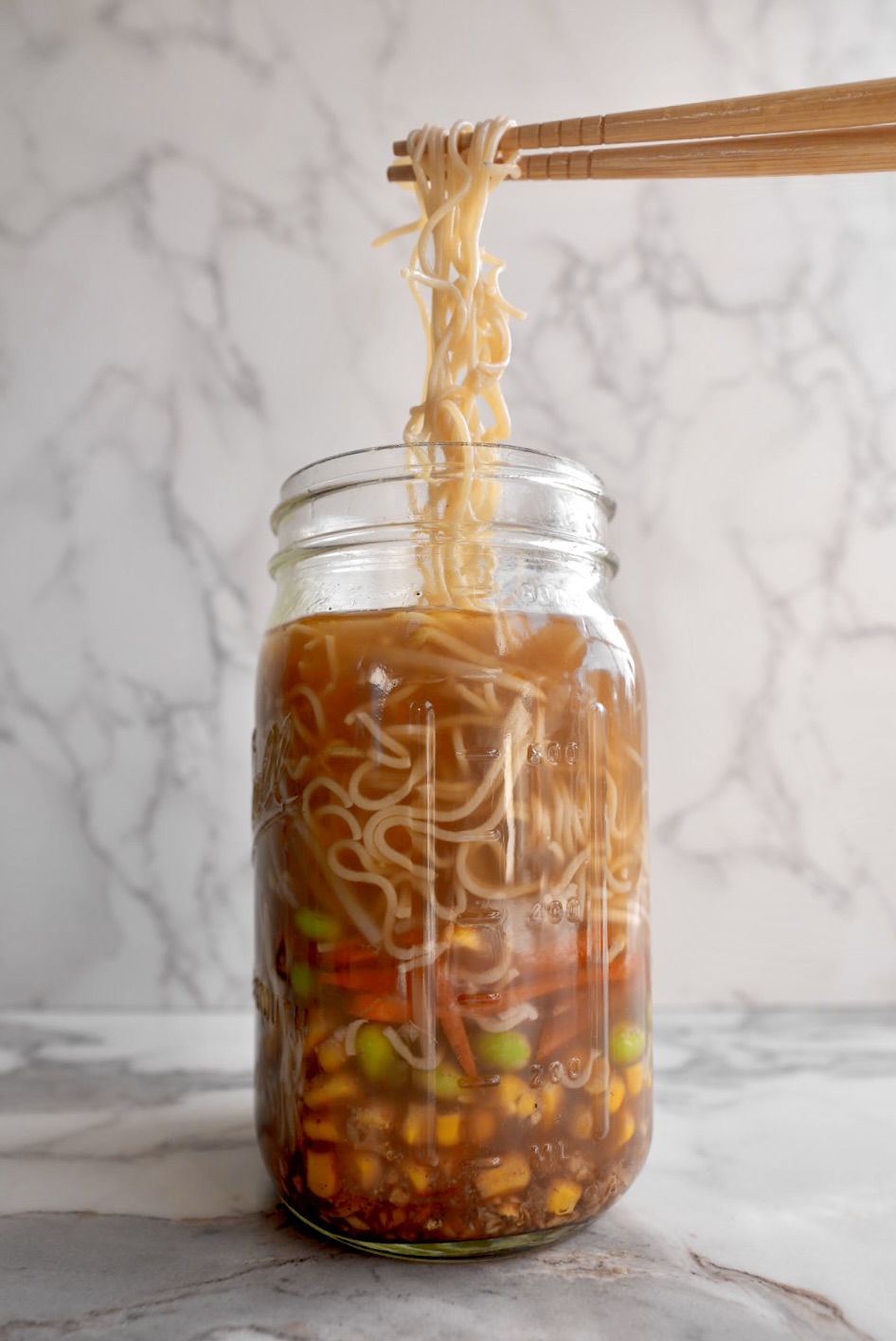

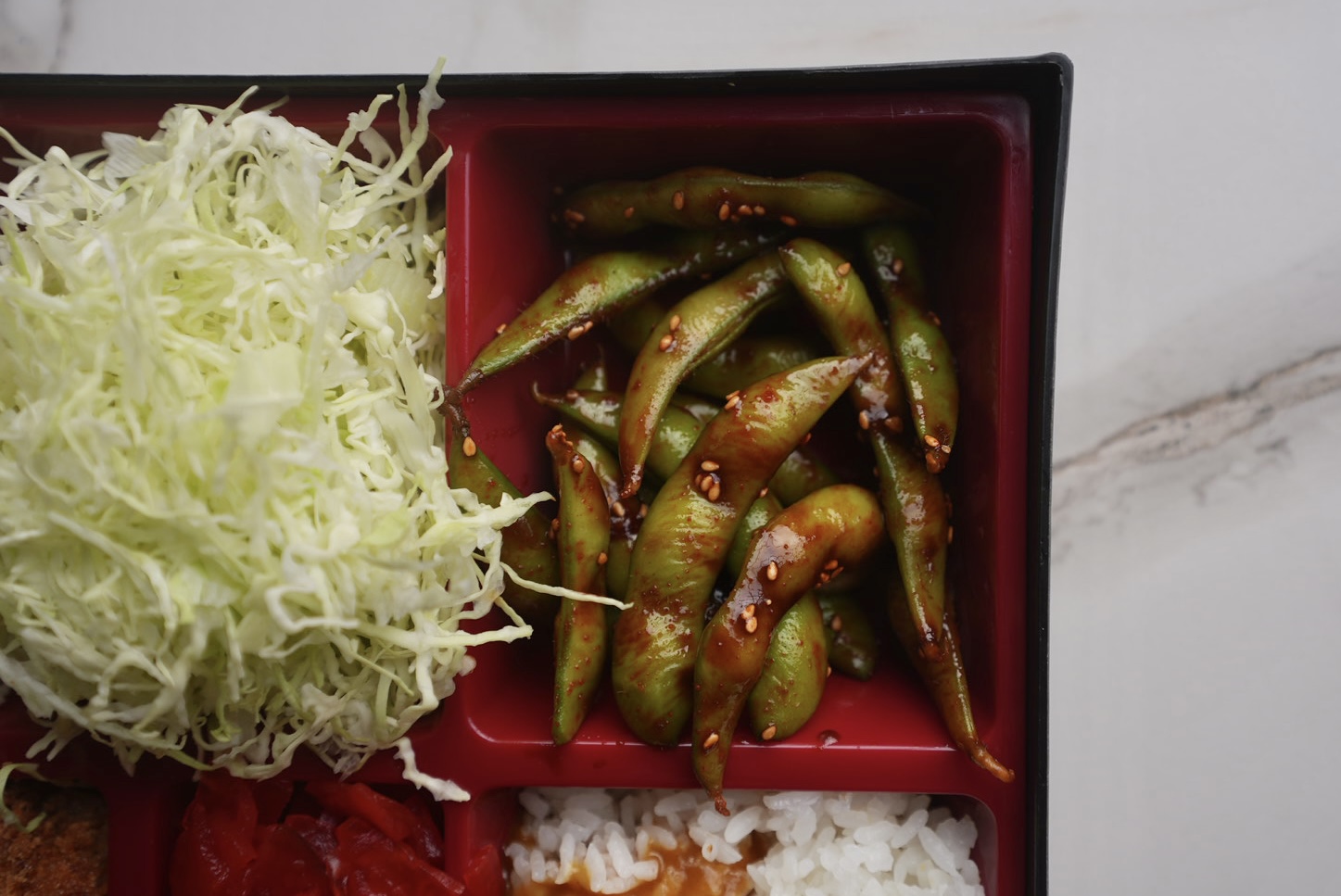
I love how Asian dishes use mushrooms more. The mushroom flavor went so well with gochujang! 10/10
Yay! So glad to hear! Thanks, Savannah 🙂
A great meatless option that still felt filling and bold.
Thank you for your review, Caleb! 🙂